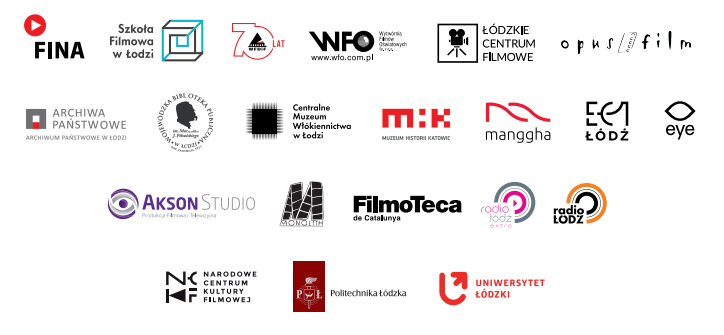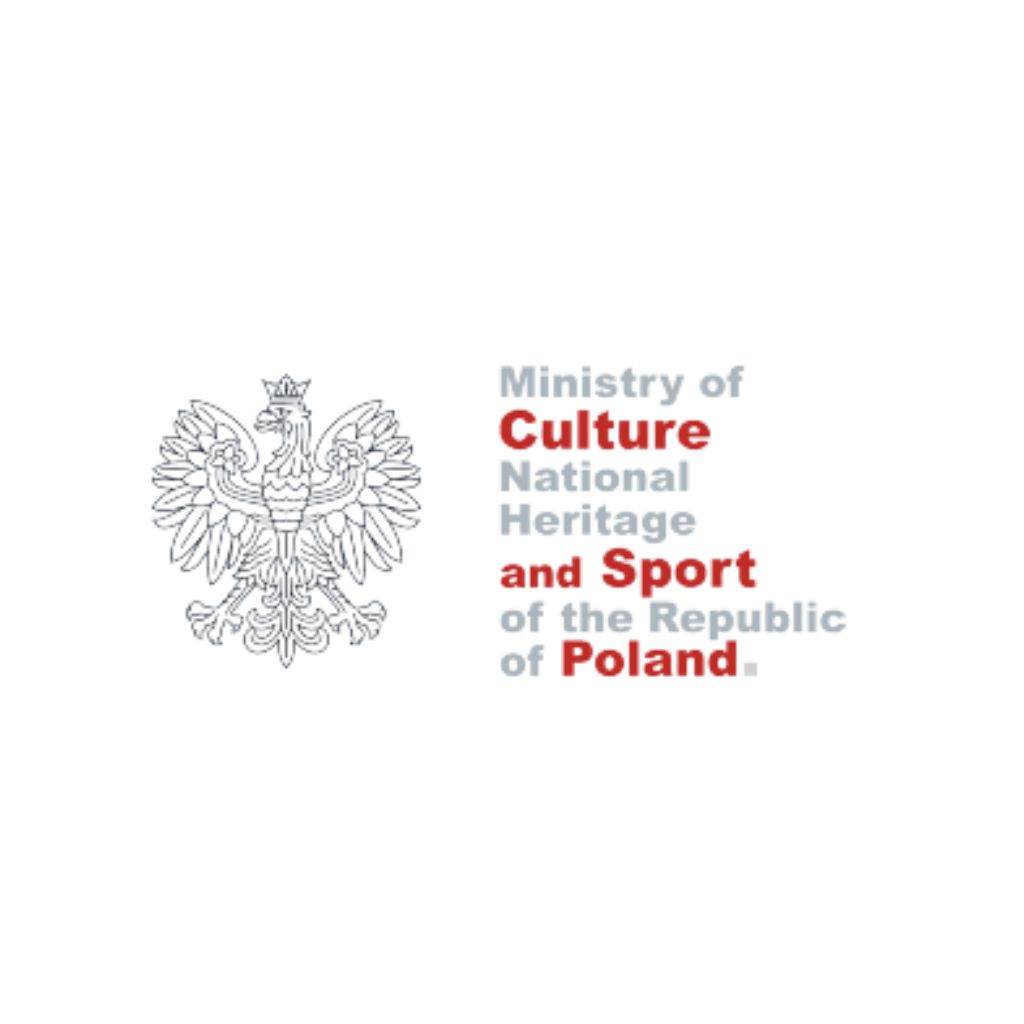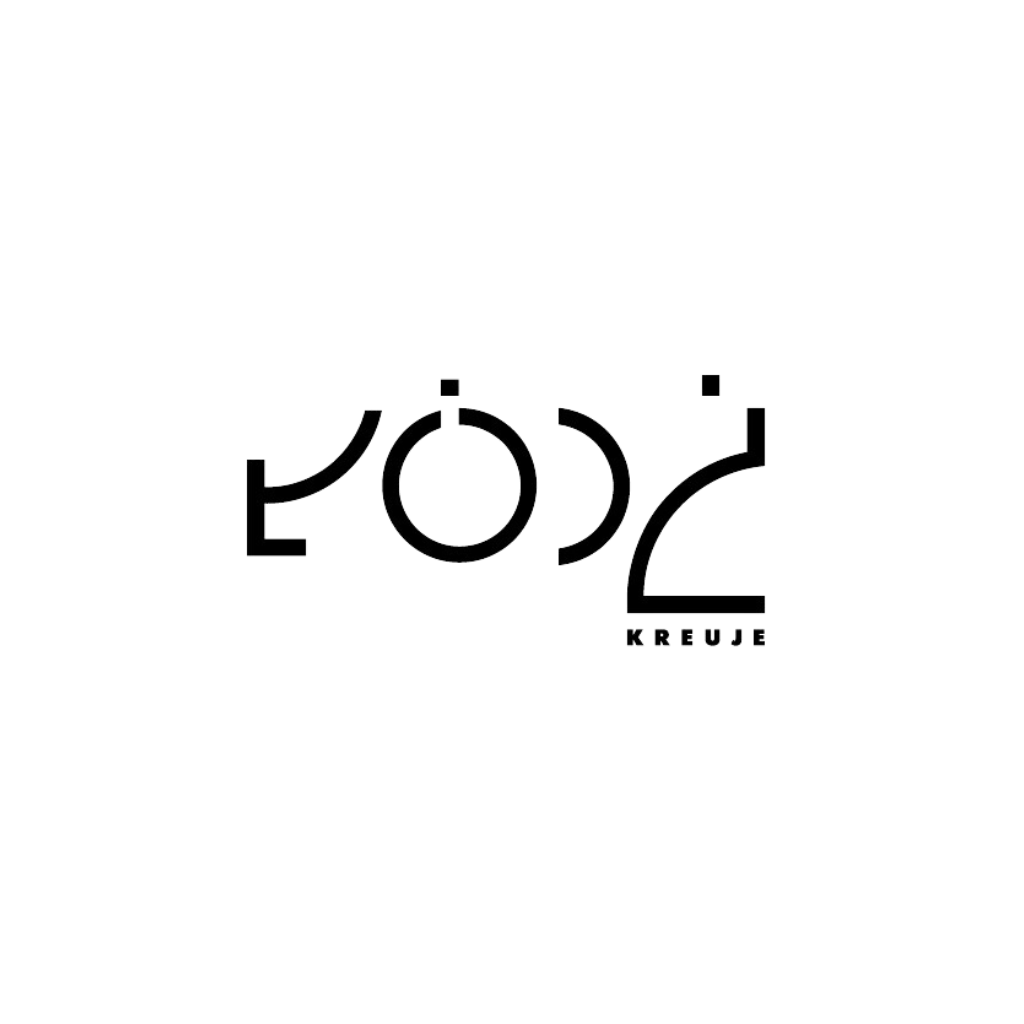The exhibition is available in English.
The first part of the exhibition Film Łódź – the City of Attractions presents the concept of ”the double birth of cinema”. Initially, the cinema was a technological novelty, which, in the entertainment system of the 1890s, functioned in parallel with stage shows, orillusion shows. Short films were screened both in cabinets of curiosities, variété theatres, as well as by seasonal entertainment companies. The owners of venues with attractions used films as a cheaper alternative to “live” shows. A filmed performance of jugglers, acrobats, or magicians could be screened repeatedly without having to pay the artists each time. It was not until the 1910s, when cinema became an institutionalized form of entertainment, that the era of cinematography, as we know it today, began. The industry gained a new infrastructure: there sprung up cinema theatres with a regular repertoire and audiences fascinated by the stories from the silver screen.
By including historical devices, such as a kinetoscope, magic lanterns, optical toys, and home projectors in the exhibition narrative, it has been possible to recreate the atmosphere of Łódź of those times, which was then a rapidly developing centre offering its residents access to interesting developments in the world of technology and entertainment. The main “character” of this part of the exhibition is a working Kaiserpanorama – a device for viewing three-dimensional slides. This original Kaiserpanorama from August Fuhrmann’s workshop, along with the restored 19th century orchestrion, and other period exhibits, constitute the highlights of this exhibition part.
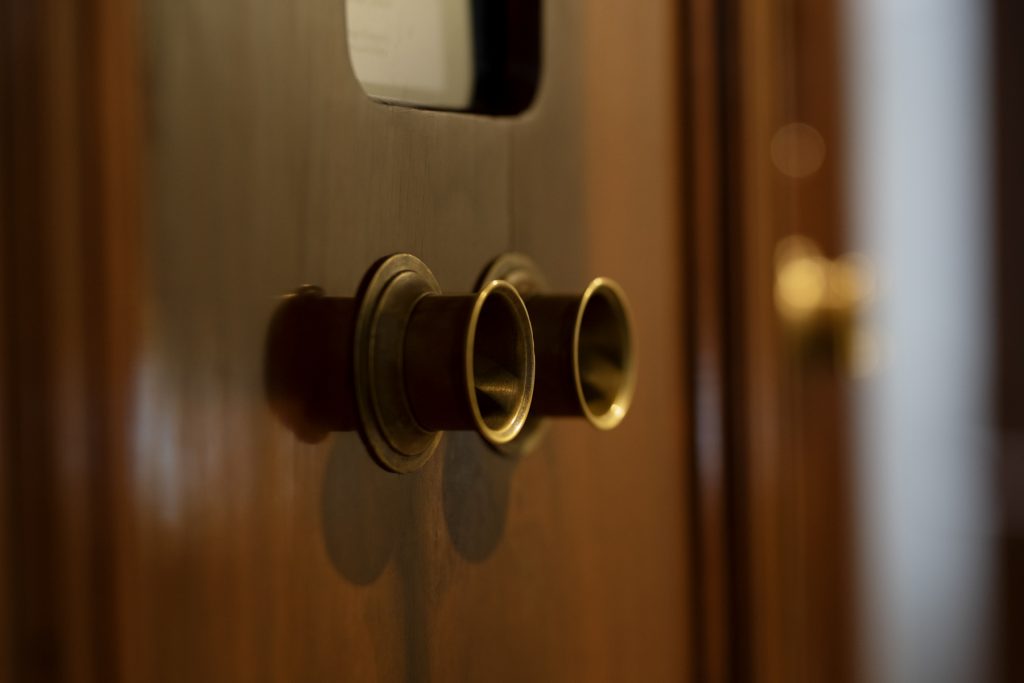
Film Łódź – the City of Attractions is a presentation of leisure activities until 1939, as well as a story about people who created the richness and diversity of the entertainment system: about the Krzemiński brothers, Władysław and Antoni, or Teodor Junod and Eugeniusz Vortheil, about the first Łódź cinemas, film productions, and private, innovative initiatives related to cinematography. One such project was the film The Promised Land / Ziemia obiecana directed by Aleksander Hertz (1927), shot on location in the factory town. The surviving fragments of the film can be seen at the exhibition
A part of the exhibition is the historical interiors of the Film Museum, where two stories meet: one concerns pre-film toys from Scheibler’s times, used by the bourgeoisie for entertainment purposes, the other – the film palace as a setting for about 30 films. The most famous of them is The Promised Land / Ziemia obiecana by Andrzej Wajda (1974), another film adaptation of Reymont’s novel shot almost 50 years after Hertz’s film. The Scheibler’s film palace is made up of the original rooms of the factory owner’s residence, included in the narrative of the exhibition through a collection of unique memorabilia concerning the making of The Promised Land. These are the director’s handwritten notes, Barbara Ptak’s costume designs, or the dress of Mada Müller, played by Bożena Dykiel.
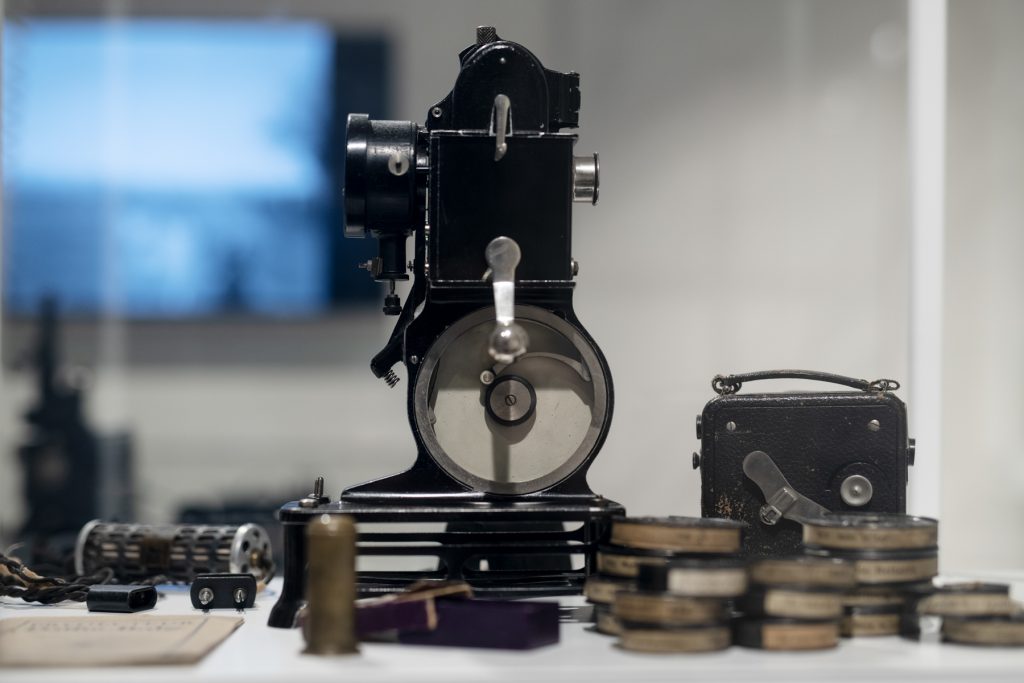
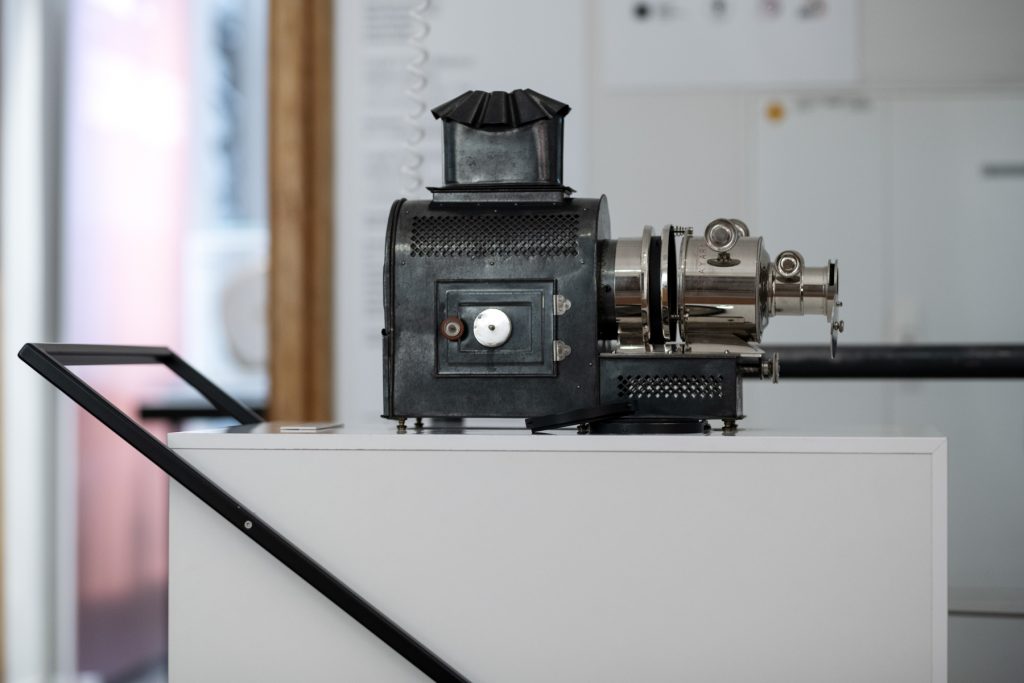
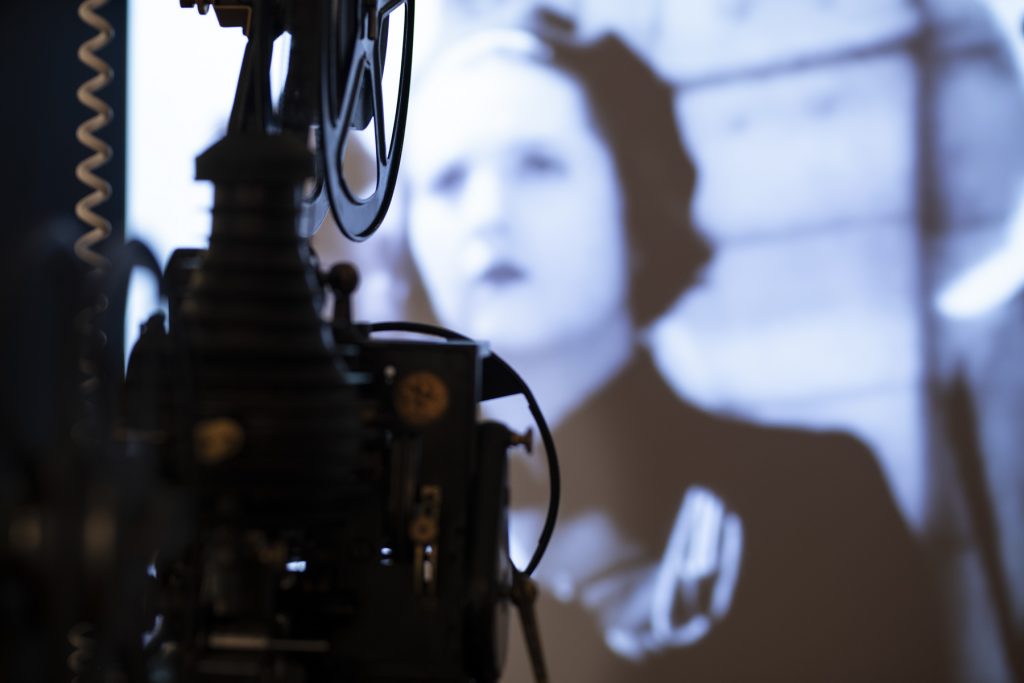
The other part of the exhibition Film Łódź – the Capital of Film is devoted to Łódź film institutions established after 1945, when the city became the centre of Polish cinematography. Specialized production studios, the Film School, plants producing cinematic equipment were founded, and the cinema network was rebuilt and developed.
The most famous films were shot in Łódź – from Leonard Buczkowski’s Forbidden Songs / Zakazane piosenki to Paweł Pawlikowski’s Oscar-winning Ida or his Oscar-nominated Cold War / Zimna wojna, which is why film locations constitute one of the key topics of the exhibition. It is an introduction to the story of the Polish capital of film based around the following main themes: education at the Łódź Film School, film production shown through the prism of the Feature Film Studio, Opus Film, Educational Film Studio, “Se-Ma-For” Studio of Small Film Forms, and the development and collapse of the cinema network in Łódź
Each of these institutions has its own characteristics and its own space at the exhibition. The Film School is presented through a story about student life, including entrance exams – one of the most exciting events commonly associated with the school, when hundreds of candidates compete for admission in the elite fields of study: directing, direction of photography, acting. In the following years, students undergo many tests determining their student fate, until the submission of their diploma films, which is why the exhibition presents materials related to students’ creative output, also in the area of the avant-garde, represented by the Workshop of the Film Form, initially operating as a school science club.
As part of the presentation of the Feature Film Studio, the exhibition includes a collection of artifacts related to various stages of film production – from pre-production, through production, to the documentation of making a film print. Moreover, the exhibits that once belonged to the filmmakers and employees of the studio are displayed, including set decorations used in popular films by Juliusz Machulski, or props and costumes from epic communist productions – Knights of the Teutonic Order / Krzyżacy directed by Aleksander Ford and Pharaoh / Faraon by Jerzy Kawalerowicz.
In addition to the production colossus, i.e. the Feature Film Studio, the exhibition also presents the contemporary “heir” of the studio legacy – the Opus Film, a production company with international success, the winner of the Oscar for Ida directed by Paweł Pawlikowski.
In the space devoted to the Educational Film Studio, the variety of film genres made there is presented – typical examples of scientific, didactic and popular science films, as well as films d’auteur of independent filmmakers, including Bogdan Dziworski, Wojciech Wiszniewski, or Andrzej Barański. Among the exhibits, visitors can find stills and production photos from film sets, as well as original technological solutions, such as a camera housing for underwater shots, or the stand made by the director Karol Marczak to film chicken embryo development inside an egg.
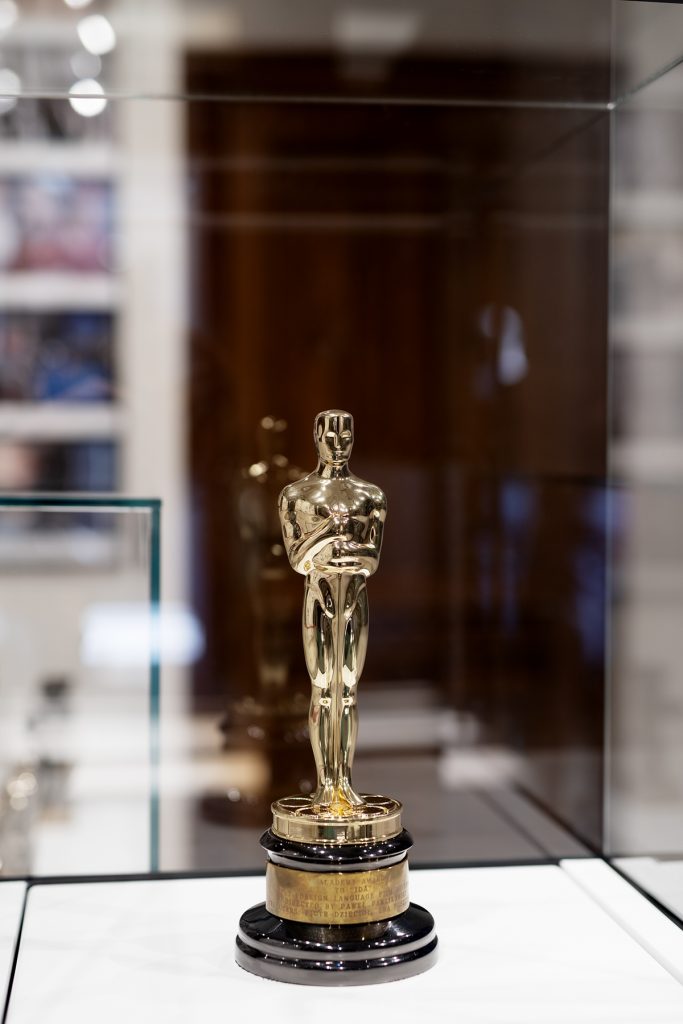
Independent small film forms and the richness of animation techniques are the main topics of the Se-Ma-For and auteur animation room. The creators associated with the studio and its predecessors (including the Puppet Film Division of the Feature Film Studio in Tuszyn), did not only produce animated fairy tales for children. For this reason, animators from Łódź are presented at the exhibition from a different, less popular side. Among the exhibits there are puppets, celluloids, graphic materials, and stills from the dreamlike productions of Zenon Wasilewski – a pioneer of puppet film, experimental films by Daniel Szczechura, Stanisław Lenartowicz, or Piotr Dumała, and from Zbigniew Rybczyński’s Oscar-winning Tango.
The theme connecting pre-war and post-war film Łódź are the stories of Łódź cinemas. As part of the narrative about cinemas, the exhibition includes original advertising materials from the most elegant pre-war cinema theatres, as well as the reconstructions of the neon signs of post-war cinemas in Łódź are displayed. Moreover, the activity of “Prexer” Łódź Cinematechnical Plant, thanks to which you see what projection devices looked like before the digital era, is presented.
The opening of the exhibition at the Film Museum signifies the state-of-the-art presentation of a variety of unique objects, archive documents, and interviews with filmmakers conducted especially for this occasion.
Film Łódź – permanent exhibition
Curatorial team:
Marzena Bomanowska
Director of the Film Museum in Łódź
Jakub Wiewiórski
Vice-Director
Bogusława Bronowicka
Agata Mendrychowska
Anna Michalska
Judyta Pawlak
Zuzanna Woźniak
Part I: Film Łódź – the City of Attractions
Consultant: Dr. Łukasz Biskupski
Part II: Film Łódź – the Capital of Film
Artistic Director: Allan Starski
Consultants:
Dr. Krzysztof Jajko
Konrad Klejsa, PhD
Katarzyna Mąka-Malatyńska, PhD
Piotr Sitarski, PhD
Jerzy Armata
Cooperation:
Dr. Ewa Ciszewska
Jarosław Grzechowiak
Norbert Kaczała
Kornel Nocoń
Magdalena Pelska
Jarosław Grzechowiak
Artur Petz
Agnieszka Wranicz
Joanna Zielińska
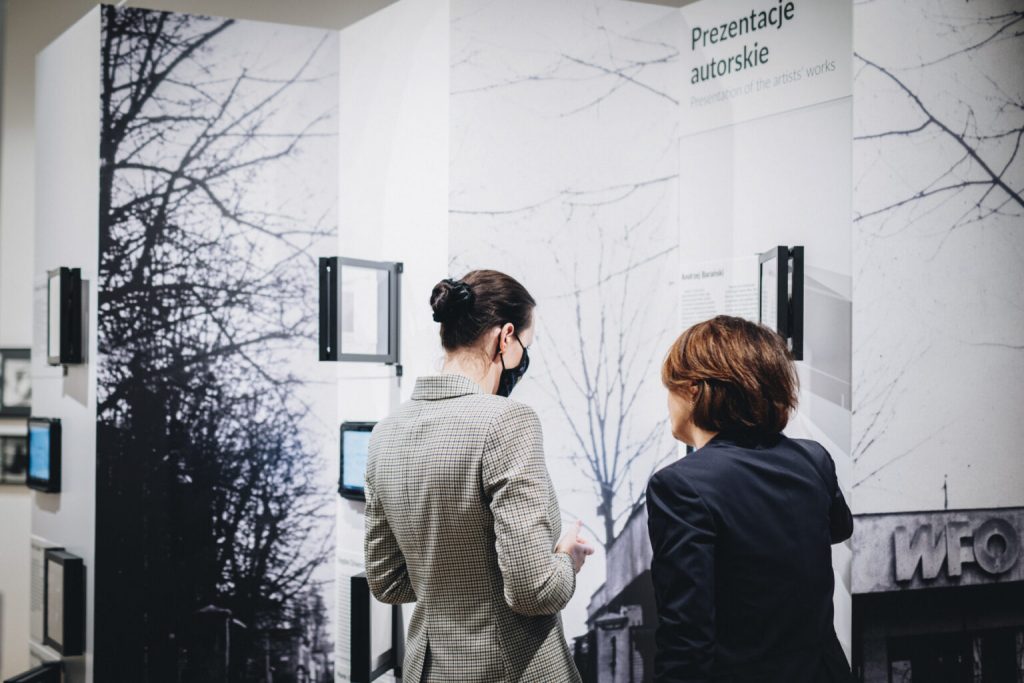
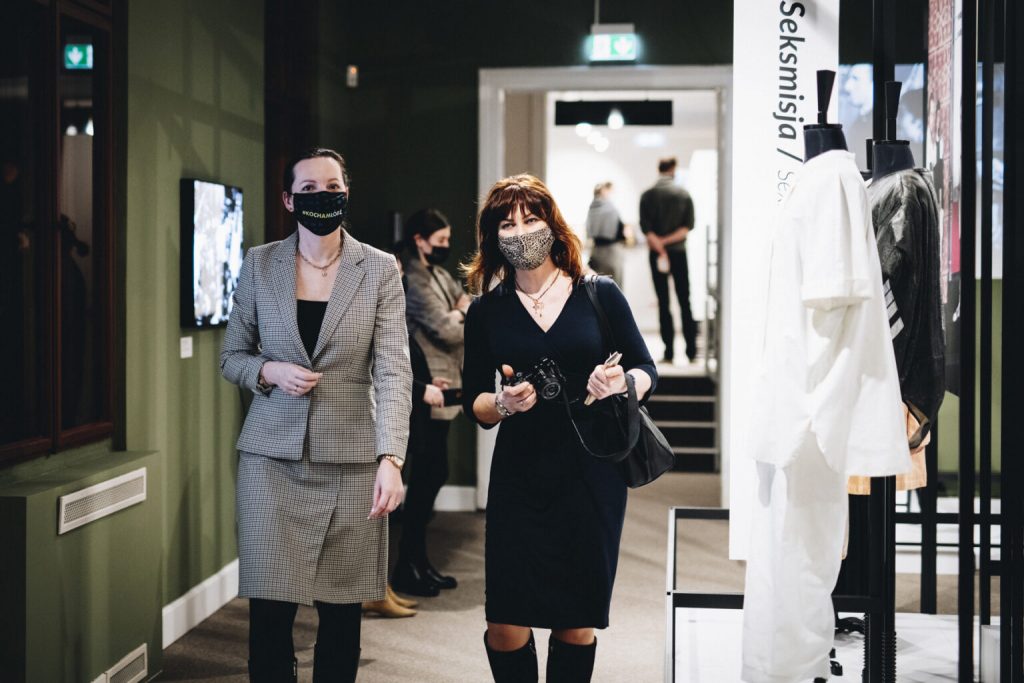
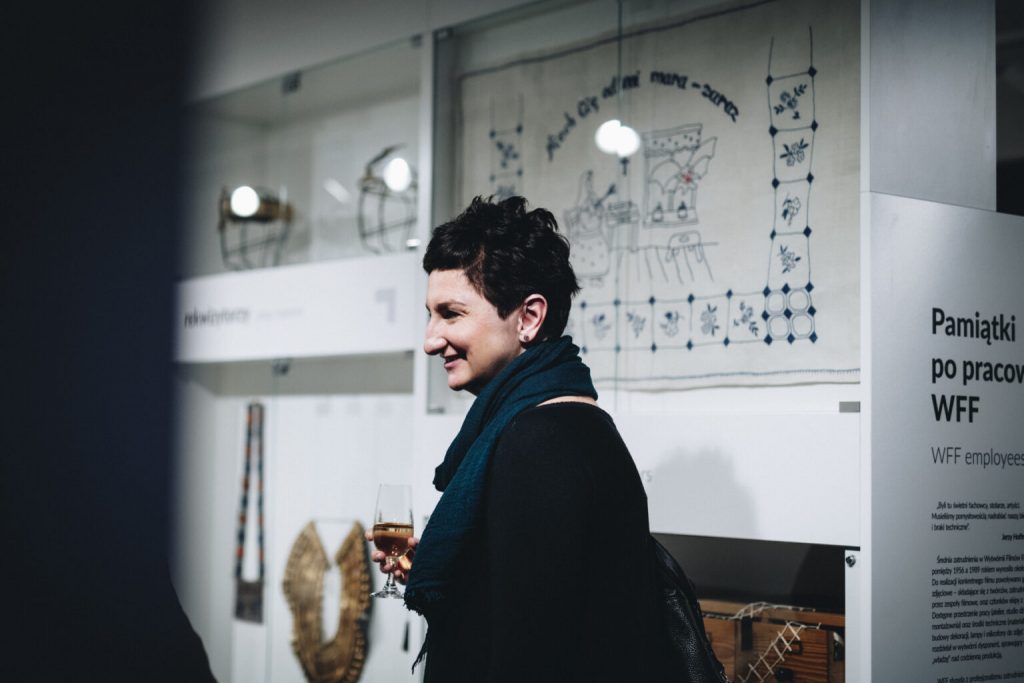
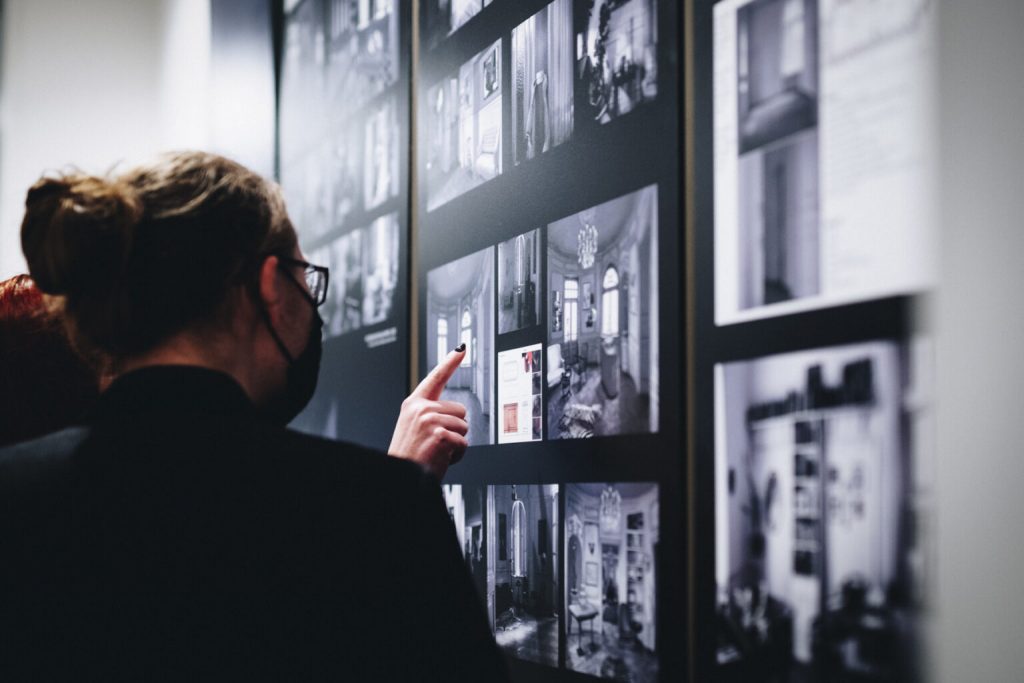
The exhibition was co-financed by the Ministry of Culture, National Heritage and Sport from the Culture Promotion Fund
The exhibition was co-financed by the City of Łódź
Exhibition sponsor
Partners
